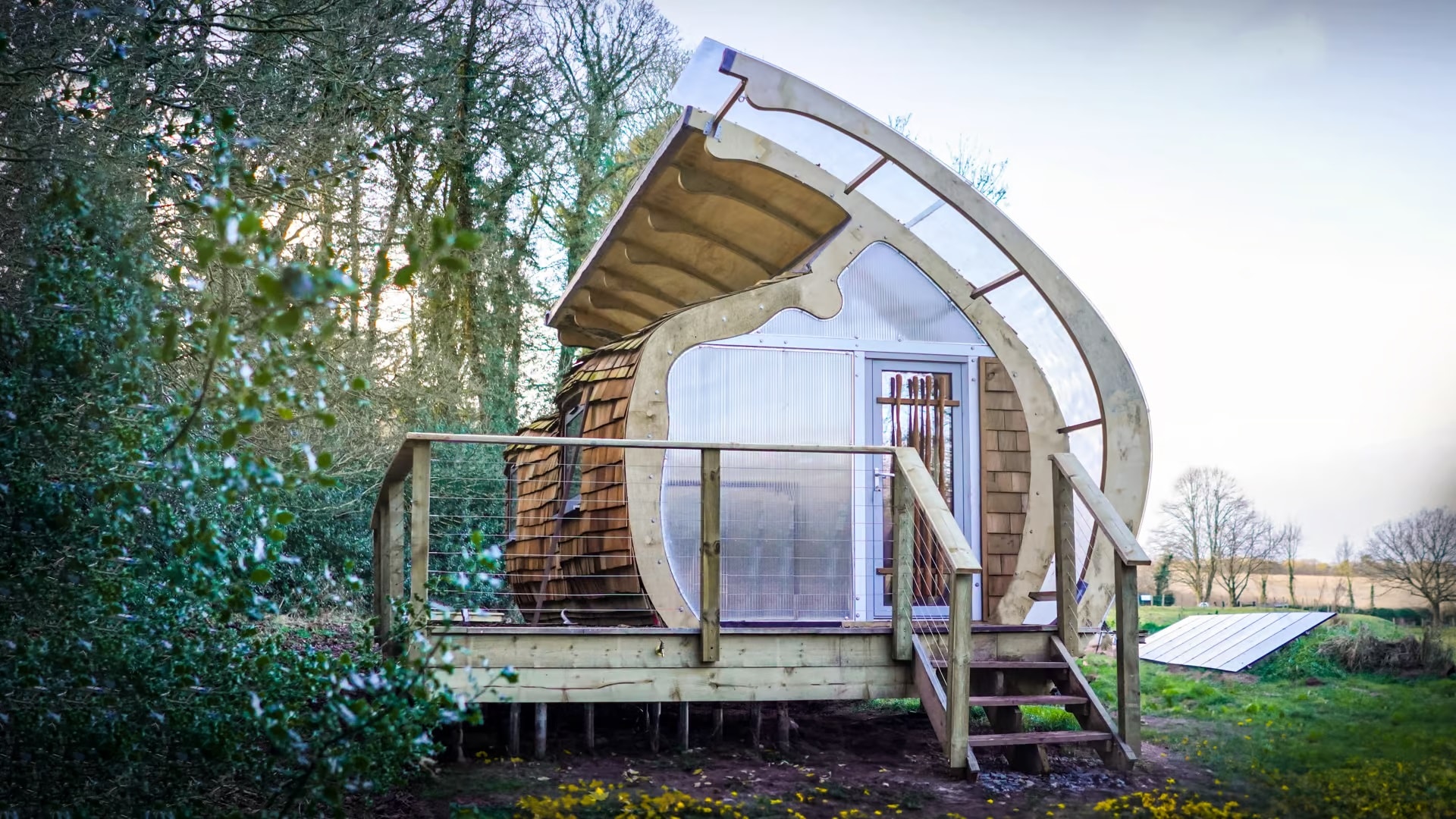Manufactured housing, once known as mobile homes, has a long and complicated history in the United States. While the concept of factory-built housing dates back to the early 20th century, the widespread popularity of mobile homes really took off after World War II, when millions of Americans were looking for affordable housing solutions.
In the 1920s, a handful of companies began producing prefabricated houses that were shipped by rail and assembled on-site. These early models were often expensive and marketed to wealthy individuals as second homes or vacation properties. However, the concept of factory-built housing didn’t really take off until the aftermath of World War II, when there was a significant shortage of housing in the United States.

For a more complete history, CLICK HERE to visit Mobile Home Living. The first three pictures are from its website.
In the years following the war, the government launched a number of initiatives to encourage home ownership and increase access to affordable housing. One of these initiatives was the creation of the Federal Housing Administration (FHA) in 1934, which insured mortgages for low- and middle-income home buyers. The FHA also played a significant role in the development of manufactured housing, particularly in the post-war period.

In 1946, the FHA began to insure loans for mobile homes, which were being produced in increasing numbers by companies like Spartan, Airstream, and Curtis Wright. These early models were often marketed to returning veterans and their families, who were looking for affordable housing options in the midst of a severe housing shortage.
By the 1950s, mobile homes had become a popular alternative to traditional stick-built homes. They were often cheaper and faster to build and could be moved easily from one location to another. This made them particularly attractive to people who needed to move frequently, such as seasonal workers or military families.

Despite their growing popularity, mobile homes faced a number of challenges in the early years. One of the biggest challenges was zoning laws, which often prohibited mobile homes from being placed in residential neighborhoods. This was due in part to a stigma surrounding mobile homes, which were often seen as low-quality or temporary structures.
In response to these challenges, the mobile home industry began to lobby for changes to zoning laws and building codes. They argued that mobile homes were a viable and affordable housing option for millions of Americans and that they deserved the same legal protections and regulatory oversight as traditional stick-built homes.
Their efforts paid off in the 1970s, when the federal government passed a series of laws that provided greater protection for mobile home residents and established minimum standards for the construction and safety of mobile homes. The Housing and Urban Development (HUD) Code, which was adopted in 1976, established uniform standards for the design, construction, and installation of manufactured homes.
Despite these regulatory changes, mobile homes continued to face challenges in the years that followed. One of the biggest challenges was financing: because mobile homes were often seen as less valuable than traditional stick-built homes, it was difficult for many buyers to secure loans. In response, the mobile home industry began to shift towards a model of manufactured housing, in which homes were built in a factory and then transported to a site for installation.
Manufactured homes were subject to the same federal regulations as mobile homes, but they were often larger and more upscale. They also tended to be installed on permanent foundations, which made them more similar to traditional homes. This helped to overcome some of the stigma associated with mobile homes and made them a more appealing option for many buyers.

Today, manufactured housing is a thriving industry in the United States, with millions of Americans living in factory-built homes. While they still face some challenges, particularly in terms of financing and zoning laws, they are widely recognized as a viable and affordable housing option for many people. In fact, some experts predict that manufactured housing will become even more popular in the years to come, as more and more Americans seek affordable housing.
Some of the biggest companies in manufactured housing in the US are:
Clayton Homes
Skyline Champion Corporation
Cavco Industries
Fairmont Homes
Triple M Housing (in Canada)
These companies account for a significant portion of the manufactured housing market in the US. They produce a wide variety of manufactured homes, including single-family homes, duplexes, and triplexes. They also offer a variety of financing and insurance options to their customers.

The new CrossMod homes blend off-site construction methods with on-site features and design to produce an affordable home on a permanent foundation.
The manufactured housing industry is a major contributor to the US economy. It employs over 100,000 people and generates over $100 billion in annual revenue.
Gary Fleisher, the Modcoach



